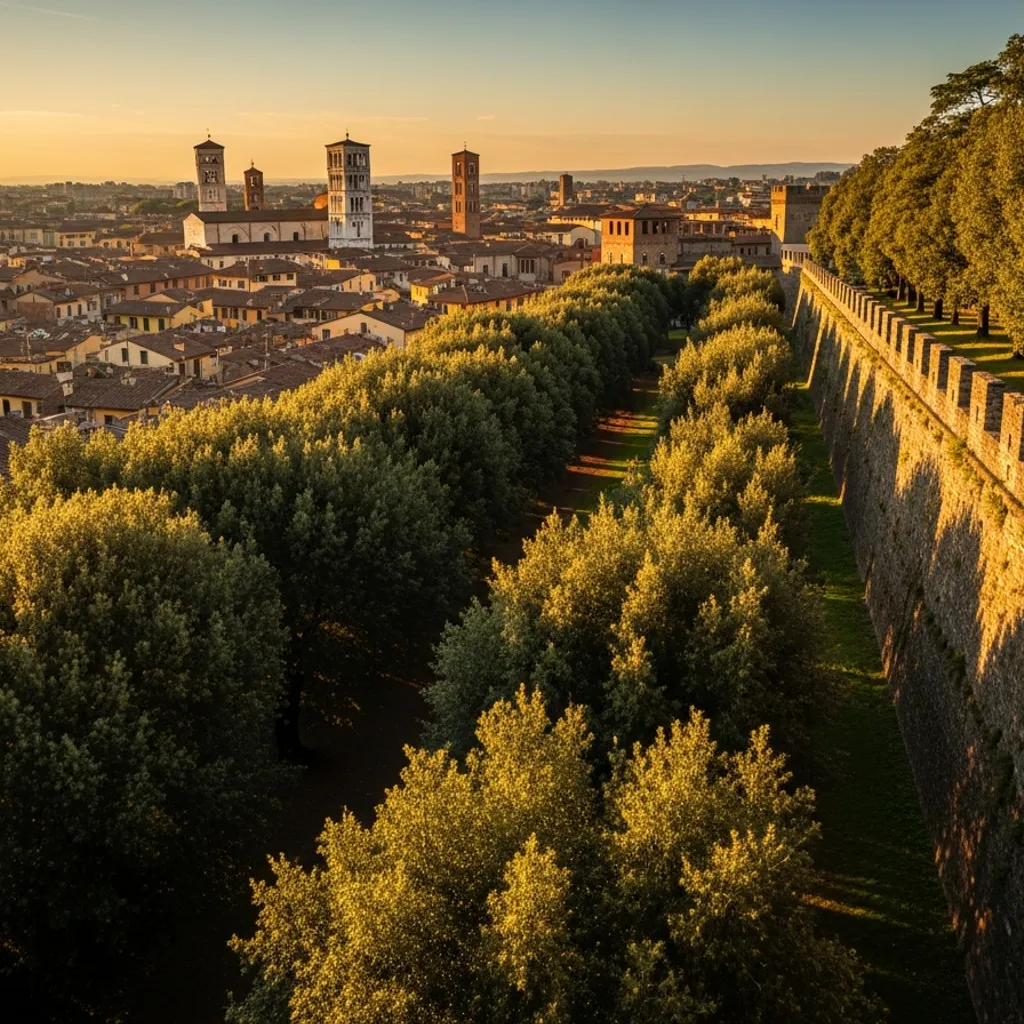Discover Lucca: Timeless streets and relaxed historic charm
Lucca rewards short stays and slow discovery, with a compact, human-scale centre you can explore on foot in a few hours. Walk the raised, tree-lined city walls to get an immediate sense of place, cycle quiet streets past stone facades, then pause in shaded piazzas for locally sourced food and coffee. Its calm rhythm makes Lucca ideal for a Lucca city break: practical for weekend travel, rich in architectural layers, and comfortable for families or solo travellers.
Plan simple loops, try a neighbourhood eatery, and carry sensible shoes, because the best moments happen between doorways and along side streets. Public transport links and walkable distances make day trips straightforward. Expect crafted food, measured pace, and a city that rewards curiosity with tangible, everyday charm.
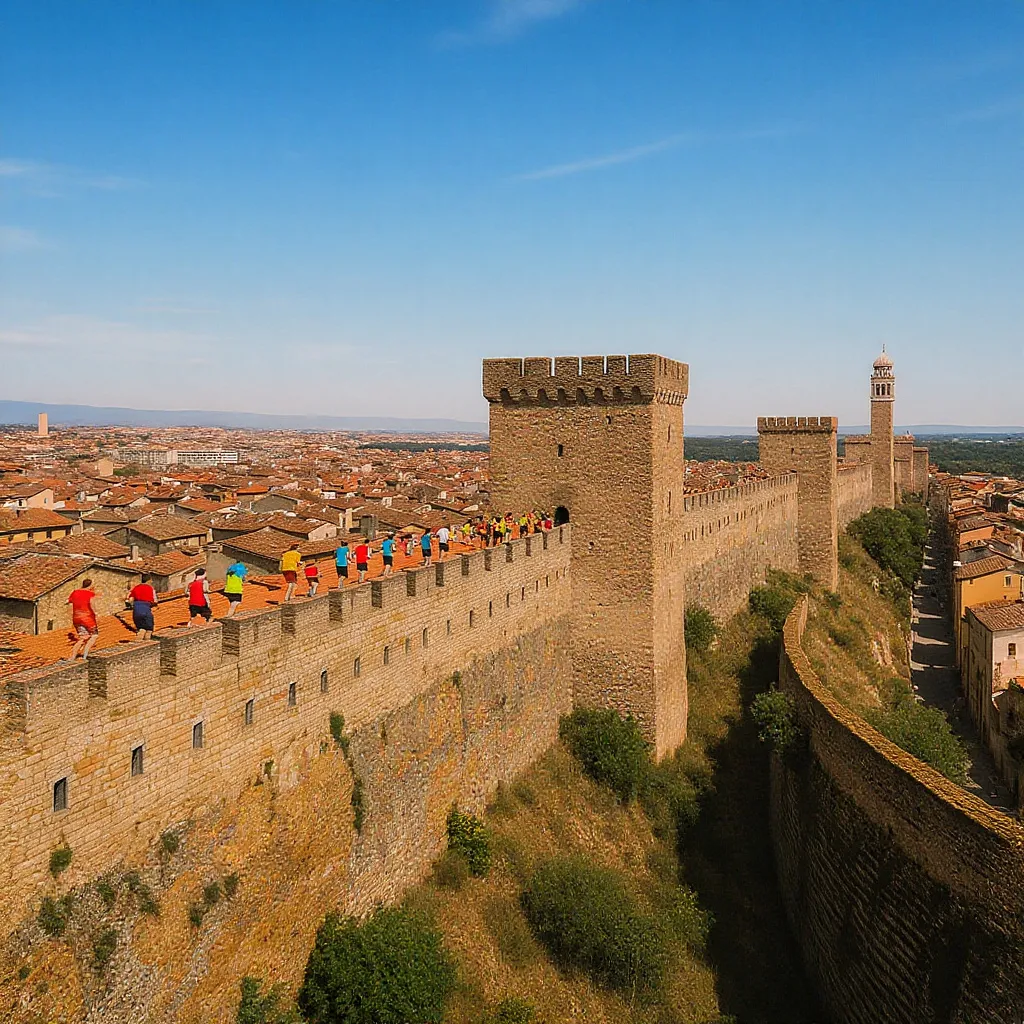
Lucca’s Renaissance walls run for 4.2 kilometres, exactly one tenth of a marathon, which is why the Lucca Marathon starts on the ramparts each October.
Walk Lucca's Renaissance Walls
Start with a clear answer: the best way to understand Lucca is on the Renaissance walls, a continuous promenade that frames the city and shows its history in one loop. Follow broad, tree lined stretches past gateways and bastions, pausing for views and neighbourhood life. Pass through Porta Elisa to move from modern streets into the historic core, then continue to the fortified towers at Porta di San Gervasio . Stop at grassy bastions like Baluardo San Salvatore and Baluardo San Pietro for wide city views, and consult Comune Di Lucca notes for practical tips on routes and bike hire. The walls give quick orientation, excellent photo spots, and a relaxed pace for first time visitors.
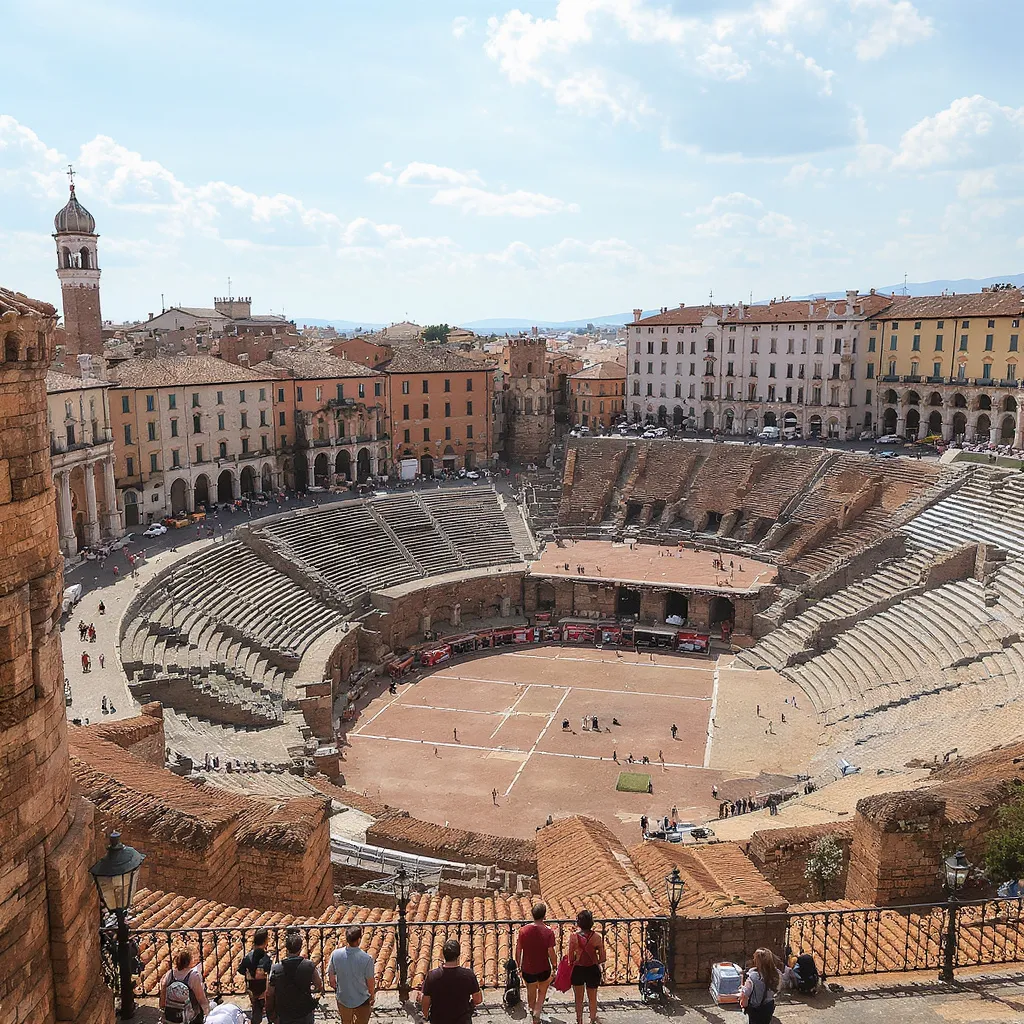
Piazza dell’Anfiteatro follows the footprint of a 1st or 2nd century AD Roman amphitheatre, now about 3 metres below street level, and the present square was laid out by Lorenzo Nottolini in 1830.
Lucca's Historic Museums and Churches
If you want compact cultural depth, head to Lucca’s museums and sacred sites for art, archaeology, and civic memory in quiet settings. Begin with the thoughtfully arranged collections at Museo Nazionale di Villa Guinigi , where works from prehistory to the Renaissance are displayed in a historic villa. Nearby, the peaceful nave and cloisters of Chiesa di San Francesco offer sculpture, music events, and reflective gardens. See the striking civic statue in the piazza around Madonna dello Stellario and dive into pilgrimage history at the immersive Via Francigena Entry Point - Museum . These stops are quiet, informative, and easy to combine in a morning or afternoon.
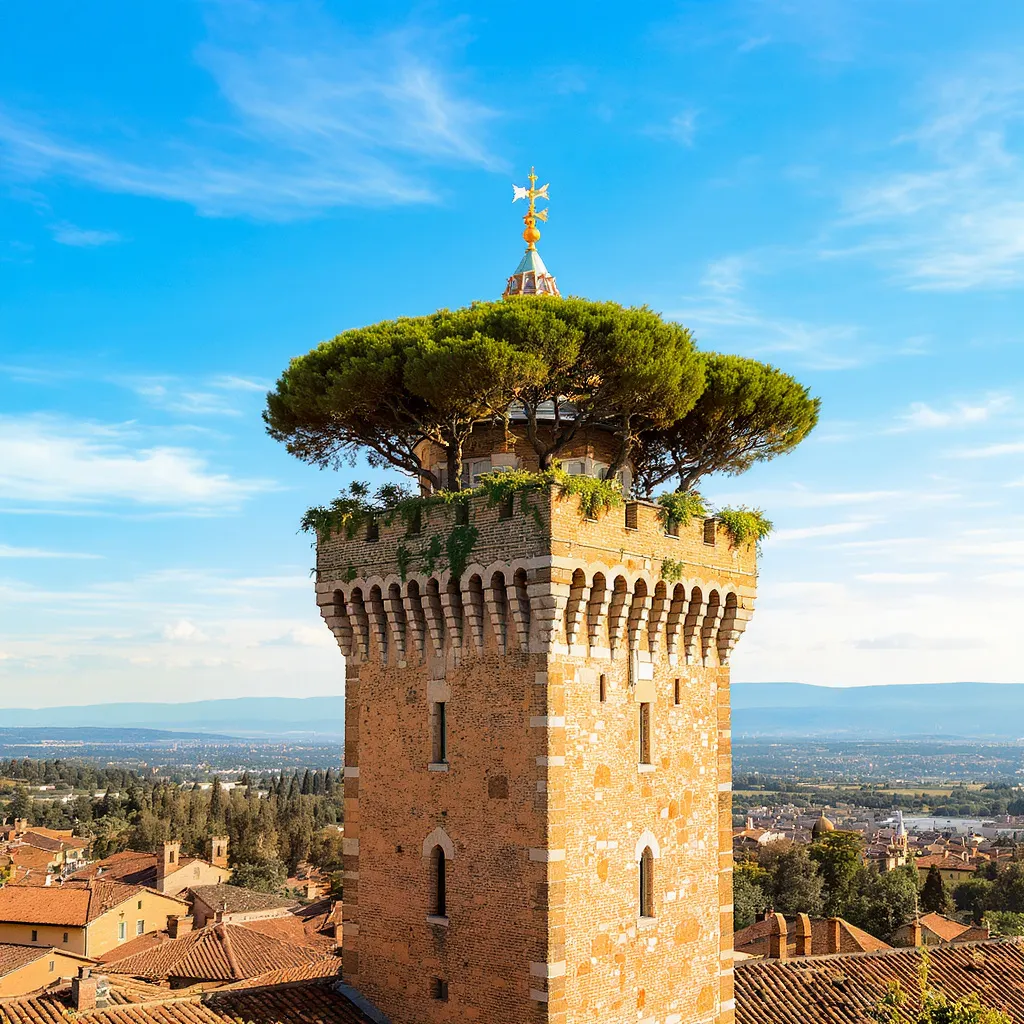
The Guinigi Tower rises 45 metres and is crowned by a rooftop garden of holm oaks, climb 230 steps to reach the terrace and views over the city and hills.
Local Markets and Hands On Cooking
For food that explains a place, mix market browsing with practical cooking. Pick up seasonal produce and artisanal goods at the Farmer’s market - biodynamic, organic, local, authentic, quality to learn what Tuscan farmers value. Explore international flavours and pantry finds at the vibrant New Sri Lanka Market then turn those ingredients into a meal with a class from chef Paolo Monti’s cucina italiana cooking school or the Italian Cuisine - Scuola Internazionale di Cucina Italiana . These activities pair practical tips with tastings, so you leave with recipes and a clearer sense of local flavours.
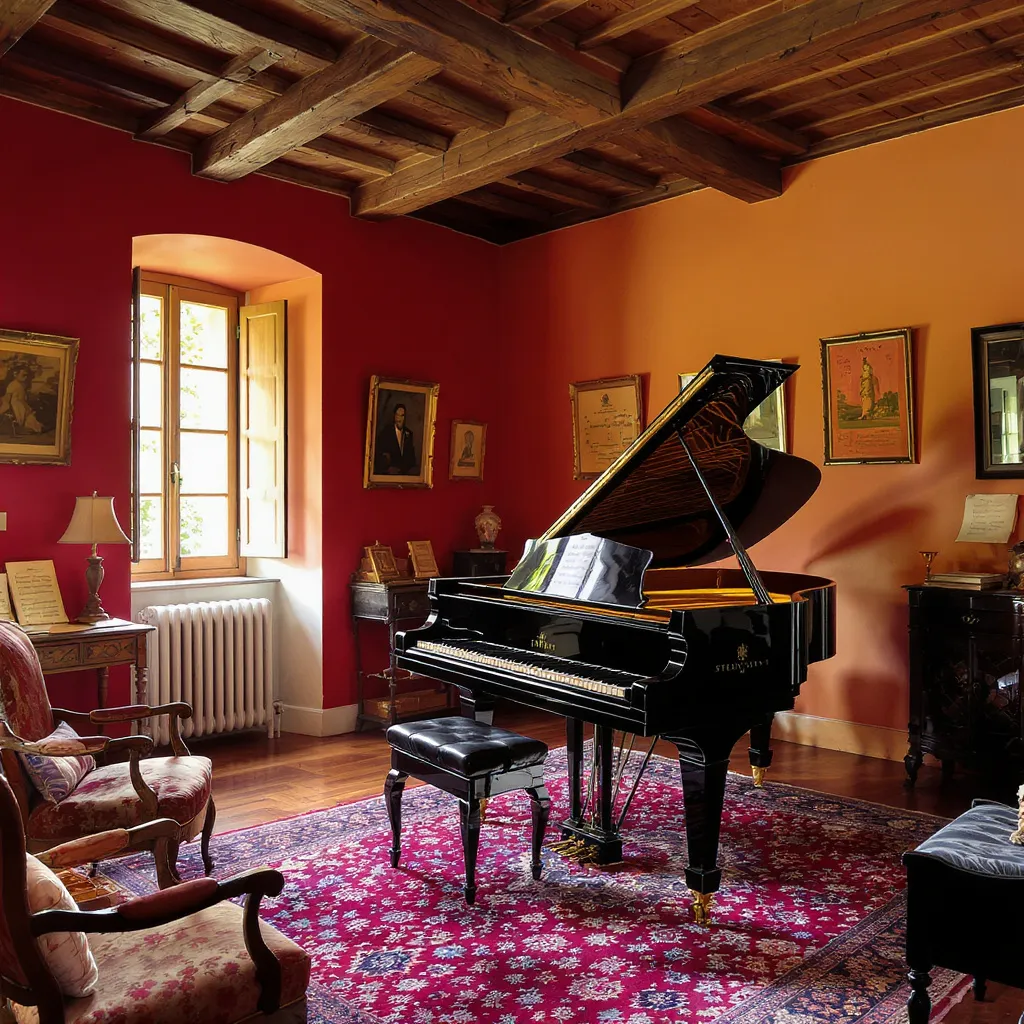
Giacomo Puccini was born in Lucca on 22 December 1858, his Birth Home in Corte San Lorenzo displays the 1901 Steinway piano on which he composed much of Turandot.
Quiet Gardens and Comfortable Stays
When you need a calmer rhythm, choose green spaces and a dependable base. Find shade and botanical variety at the Orto Botanico Comunale di Lucca , a compact garden ideal for a slow hour of photography or reading. Nearby, settle into welcoming rooms and practical comforts at Hotel Ilaria - Lucca , where free bike hire and a generous breakfast make wall rides and market runs straightforward. These two stops combine easy rest with simple ways to extend your day, whether you plan a late afternoon cycle or a gentle morning walk.
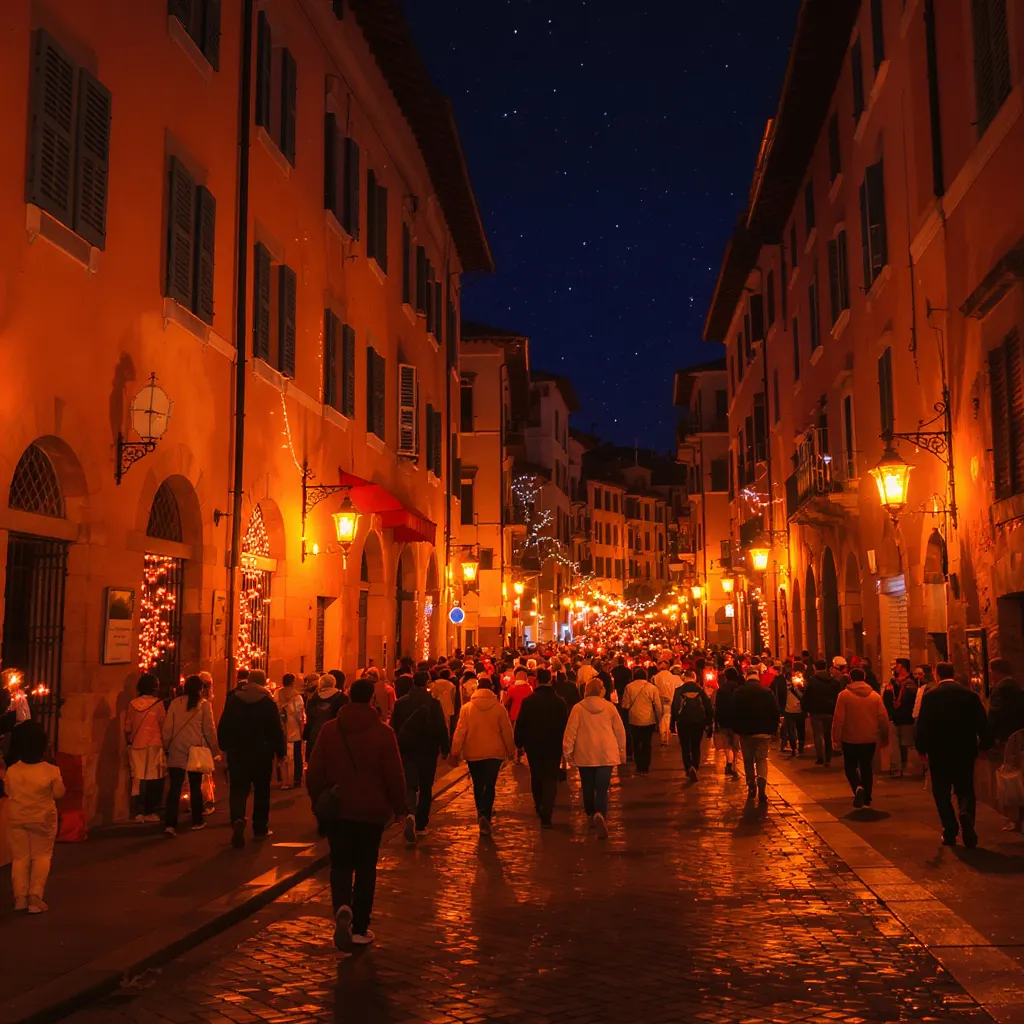
On the evening of 13 September, Lucca glows for the Luminara di Santa Croce procession in honour of the Volto Santo, a tradition recorded since 1118.

